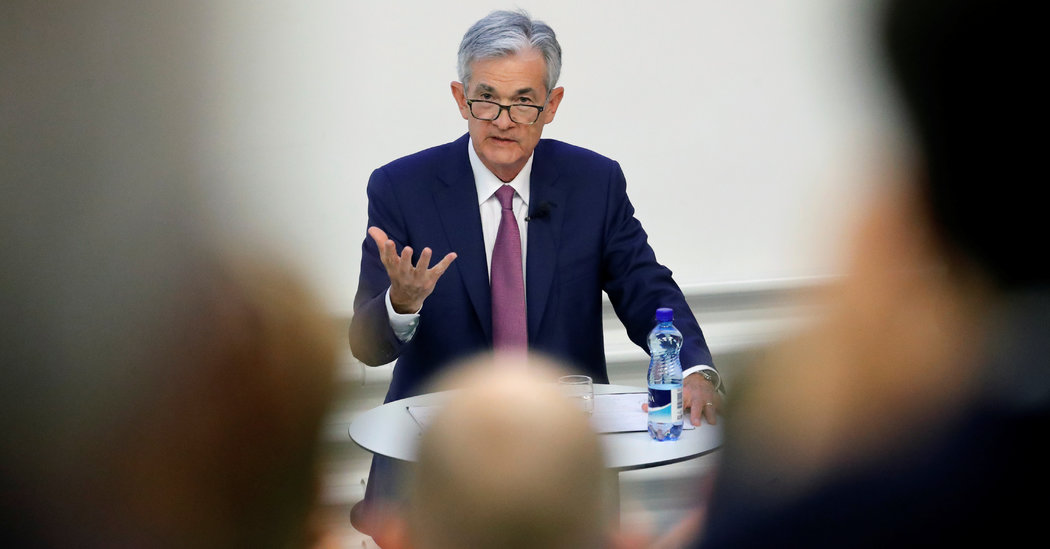He said the Fed will ultimately “reach a decision” and “I expect we’ll have strong support for the decisions that we make, as we had in July.”
Economic data are giving rise to the tension by sending mixed signals.
There is plenty of bad news: A closely-watched index of manufacturing activity fell into contraction in August. Global growth is slowing. The University of Michigan’s consumer sentiment index posted a sharp decline, with one in three respondents spontaneously mentioning tariffs. The Fed’s regional banks report that many business contacts are holding off on investments as they wait to see how the trade war plays out.
“For businesses, particularly that make longer term investments in equipment or software, they want some certainty that demand will be there, certainty about growth, that the supply chain will be secure,” Mr. Powell said today.
But service industries are holding up and consumer spending, which makes up almost 70 percent of the American economy, has come in strong. The August jobs report showed that average hourly earnings climbed 3.2 percent over the year. While employment growth has slowed, it has remained strong enough to keep the unemployment rate near a half-century low.
The question is what will happen next. Geopolitical risks eased somewhat this week, as the risk of an imminent no-deal Brexit waned and China and the United States agreed to resume talks, but trade tensions are likely to persist. A key bond market recession indicator is flashing red.
Central banks around the world are cutting interest rates and trying to encourage borrowing as signs that the global economy is slowing proliferate.The People’s Bank of China on Friday cut the amount of money that banks are required to keep in reserve, a step that will increase the amount of money available for lending and will lead to lower interest rates, and the European Central Bank is expected to cut one of its main interest rates when its governing council meets on Thursday.
In the United States, inflation has already run shy of the Fed’s target of 2 percent for most of the expansion, and weakness imported from abroad could make it harder to hit that mark, undermining the central bank’s credibility and leaving it with less room to cut interest rates — which incorporate price gains — going forward. Prices climbed by just 1.4 percent in July, based on data from the Commerce Department.
“Low inflation is indeed the problem of this era,” Mr. Williams, the head of the New York Fed, said this week. “The current outlook of moderate growth, low unemployment, but stubbornly low inflation is a reflection of the broader economic picture.”

